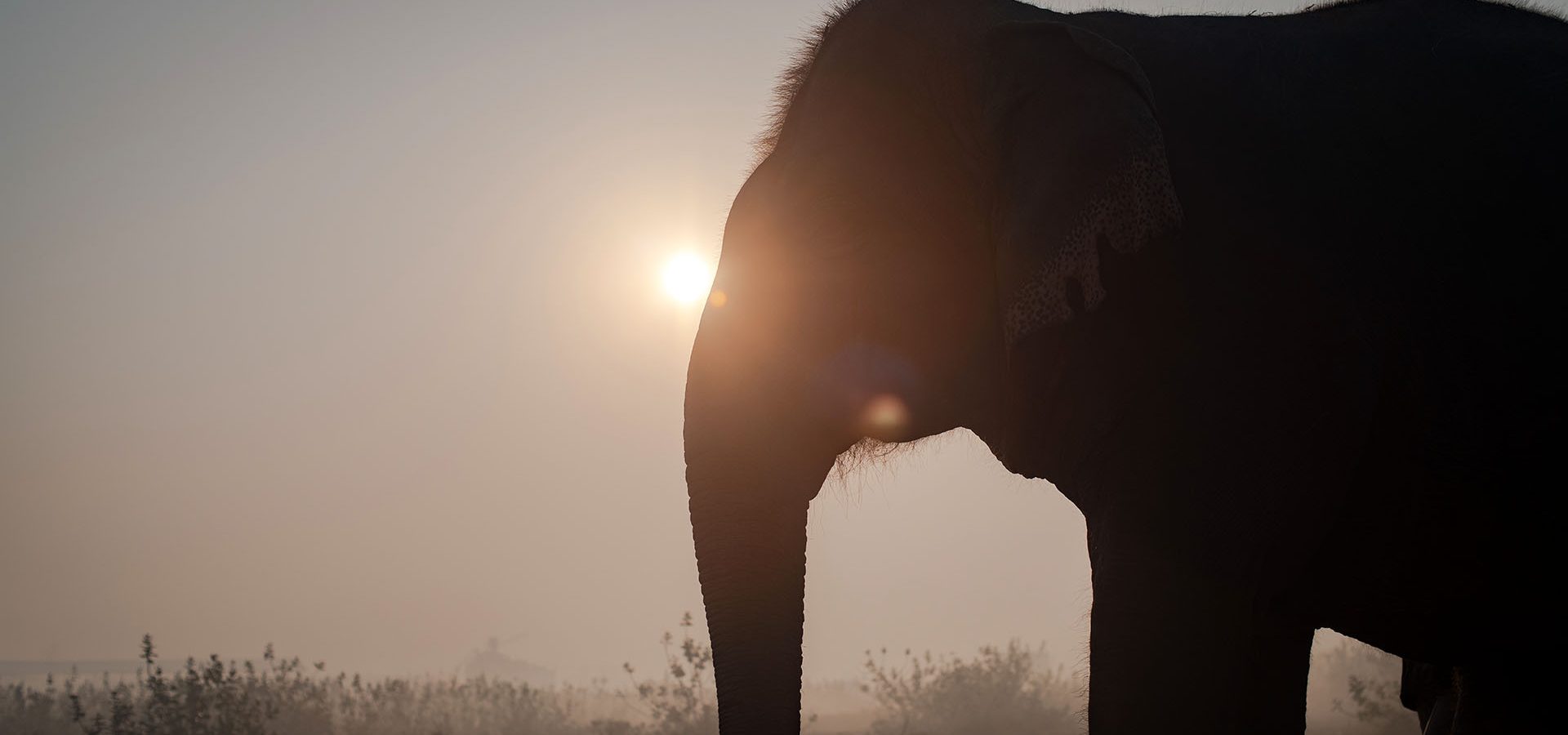The Cambridge dictionary defines the word ‘freedom’ as “the condition or right of being able or allowed to do, say, think, etc. whatever you want to, without being controlled or limited.” In this definition, the emphasis on ‘you’, as a human being, is a clear indication. However, who is to speak of this freedom for animals such as elephants, Sloth bears and leopards that are rescued from distress situations? In almost all cases that we have encountered at Wildlife SOS, the freedom of animals had been taken away from them already.
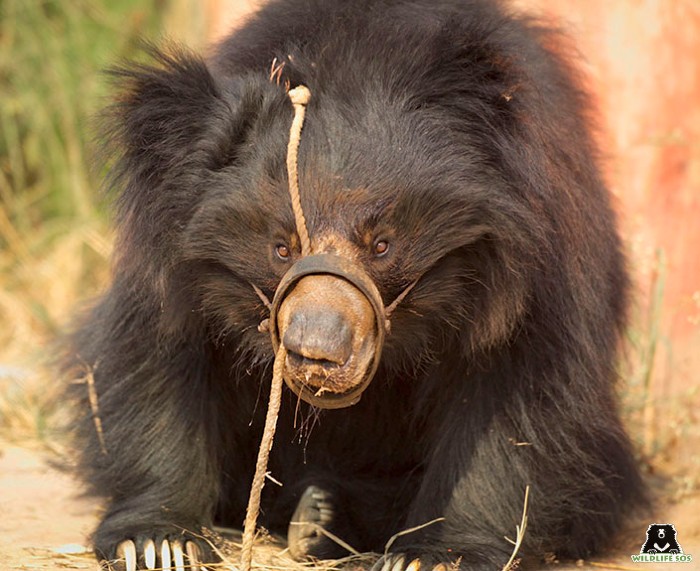
World Freedom Day, celebrated every year on November 9, aligns very intricately with our work because we understand the importance of freedom, especially when we see what captive elephants and bears have to go through, with no liberty at all. The living conditions violate five known freedoms of animal welfare, which include freedom from hunger and thirst, freedom from discomfort, freedom from pain, injury, and disease, freedom to express normal and natural behaviour and freedom from fear and distress. Putting it into the context of the definition, these living beings are not given the right to do or think as they would in the wild, because they are being controlled. Thus, we want to bring to light how the lives of the animals transpired when their freedom was stolen and how we have tried to restore it at our centres after rescuing them.
Snatching Away Freedom of Elephants
Currently, there are nearly 2,500 captive elephants living in India, walking on hard and concrete roads for the purpose of begging, tourism or entertainment at weddings and religious functions. Very recently, an emaciated and malnourished elephant was seen walking on the streets of Tezpur, a small town in north-east India’s Assam. The elephant was being fed pani puri, a famous street side snack, which may seem harmless at first but can actually harm the animal. However, how the elephant appeared in the middle of a busy town road is what compels us to raise a point about their freedom.
Like this particular individual, the 2,500 captive elephants have ended up on the busy streets of a city through one brutal process. They are poached from the wild as calves, and separated from their mother and the herd. This is followed by months of physical and mental torture, until they are so terrified of humans that they would do anything to avoid the abuse. This barbaric and gruesome act is called phajaan or ‘breaking of the spirit’. Elephants are restrained in a confined enclosure called kraal with their legs chained, where they are forced to stand in their own urine and faeces. The calves are abused for months with electric prods, whips or bullhooks – a metal tool to stab their skins and tug their ears. They are deprived of sleep and starved for extended periods of time until their will is completely shattered.
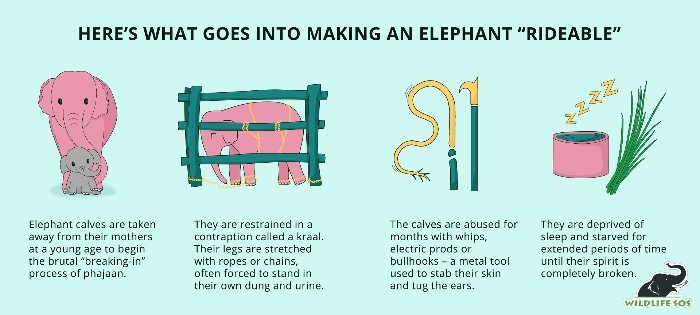
Once their spirits are broken, the freedom of the elephants is snatched and they are doomed to be enslaved. A lifetime of begging for alms or offerings follows and that is how they end up on the streets of Indian cities. During their lifetime, an elephants’ basic biological needs are not met, such as adequate food, water and rest. Not just for begging, they are also used for entertainment purposes such as in circuses, where they are made to perform unnatural tricks, or in wedding ceremonies where the bride or the groom usually mounts on a howdah (heavy saddle) fitted on top of the elephants. This is not only damaging to the elephant’s spine, but to the animal’s overall health too.
Freedom of Bears and Leopards at Stake
Sloth bears have been suffering from similar but equally horrific lives in harsh captive conditions. The barbarism knows no bounds when they too are poached from the wild, smuggled across state and international borders to make use of them in the regressive ‘dancing’ bear trade. In India, the Kalandar community was engaged in this tradition where the cub’s teeth were brutally smashed, their muzzle was pierced with an iron rod and a rope was passed through the nose. The rope was then tugged on purpose, the pain from which compelled the bears to stand on their hind legs. This was usually misinterpreted as ‘dancing’ by the viewing audience.
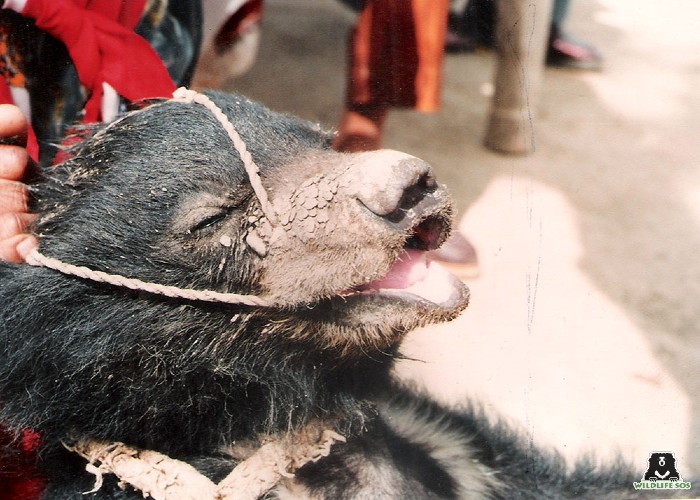
With no freedom whatsoever over their lives, the bears would be kept in terrible conditions. The constant tugging of the rope would result in severe muzzle wounds and infections. Recently, Wildlife SOS rescued a Sloth bear named Baloo from the Malda region in the state of West Bengal. The 6-year-old male who is now in our care was used as a ‘dancing’ bear for street performances and was smuggled through the porous Indo-Nepal border near Bihar into West Bengal. Apart from the ‘dancing’ bear trade, poachers and traffickers target Sloth bears for their body parts and organs too, which are sold on the black market for their use in traditional medicine.
Like bears, leopards too face major threats to their freedom which come in the form of human encroachment, conversion and loss of habitat, and fragmentation of their natural home. Widespread sugarcane plantations have depleted a major part of leopard habitat in Maharashtra’s Junnar, which has forced leopards to use the thick and dense vegetation to give birth to their offspring. But an even greater threat is the problem of open wells and linear infrastructures such as roads and highways. Numerous leopards accidentally fall into these open wells which are found in the adjoining villages. With a depth ranging from 20-100 feet, these can be death traps for the big cats if help doesn’t arrive on time.
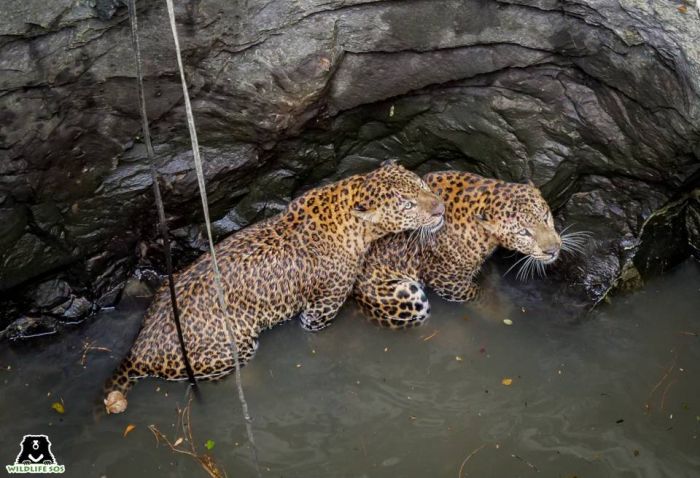
Their freedom of movement is also thwarted due to wide highways fragmenting their habitats. According to media reports, Maharashtra lost 33 leopards in less than six months in 2021 to road accidents. The year before that, the state had lost 34 of these big cats to vehicular accidents. In Mumbai and a few other parts of the state, leopards are constantly tussling for space, and a shrinking habitat is bringing them in contact with humans more and more. The dual evil of habitat loss and fragmentation therefore hugely threatens the freedom of the leopards’ movements.
Wildlife SOS’ Way to Provide Freedom
If you ask us how we liberate these animals, the answer is quite straightforward. Unshackling the animal from that enslavement is when the animal is truly rescued, and this becomes the first step towards freedom. The next step is to ensure that the animal recovers from any health impairments. When Wildlife SOS brings the rescued elephants to the Elephant Conservation and Care Centre (ECCC) in Mathura, most of them are found to be suffering from severe ailments, some of which are chronic. Those weakened from acute malnourishment are given a healthy and wholesome diet, while those with obesity due to being fed unnatural, cooked and fried street food are kept on a strict and nutritious diet.
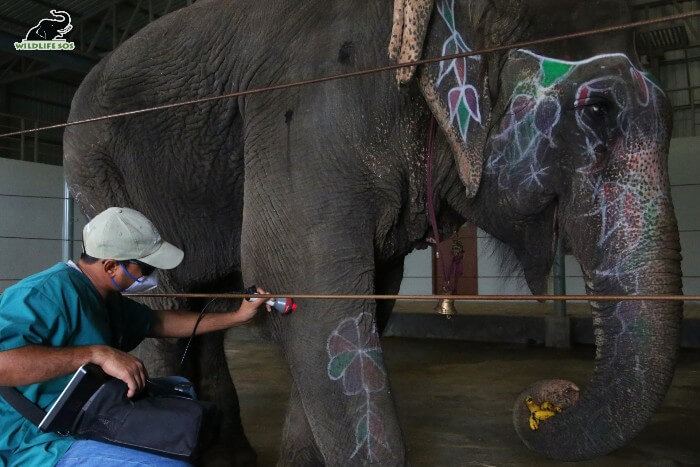
The most common issue found in elephants is foot-related problems such as chronic abscesses, torn foot pads, toenail abscesses, and ankylosis of joints. Wounds all around the body due to bullhook injuries, untreated abscesses on hips and spines and tail injuries are also detected. Ocular problems such as complete or partial blindness are unfortunate consequences of neglect and malnourishment. However, thorough medical care by our expert veterinary team covers the treatment part, which goes on until they heal considerably.
Most important to their freedom is their ability to do whatever they want, in an environment as natural as possible. The elephants go on walks twice a day, some of whom are accompanied by other elephants. The elephants with loss of vision and the solitary ones (mostly the males) are always closely assisted by their caregivers who ensure their path is free from any sharp stones. The walks not only help them exercise regularly but allow them to forage, thereby creating an opportunity to work for their own food.
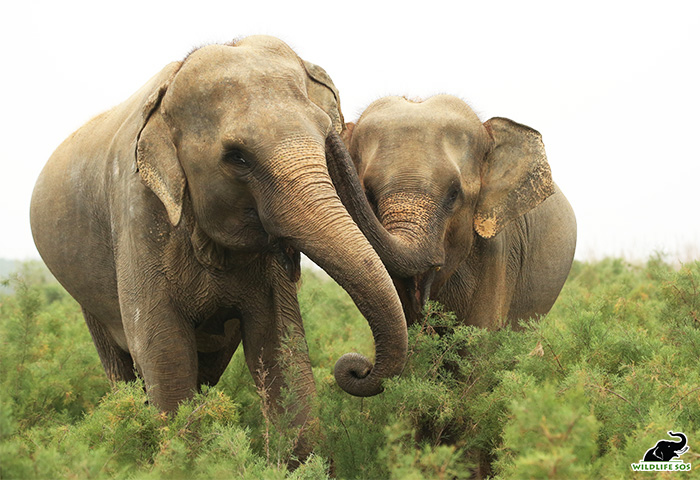
Similarly, for the bears, they are freed from various precarious situations such as being poached, wildlife trafficking rackets, from Kalandar families as ‘dancing’ bears and human-bear conflict situations. The first step is to let the rescued bears get accustomed to the new surroundings of our centre. If it is a bear rescued from the wild due to unfortunate circumstances, especially a cub, we give the animal enough time to build confidence and trust our caregivers. The bears also have access to free-ranging fields where they can interact and mock wrestle with others, dig the soil for ants and termites, sunbathe and use various enrichments.
The leopards at the Manikdoh Leopard Rescue Centre in Maharashtra are rescued from difficult situations as well, which may include serious conflict scenarios, poaching attempts and leopard cubs being orphaned or separated from their mothers. The leopards have access to a forested enclosure with dense vegetation, a healthy diet of meat and a steady supply of enrichments. To ensure that they remain active, structural enrichments such as wooden platforms, logs and stumps are arranged inside their enclosures. Though rare, some leopards even interact and spend time with each other.
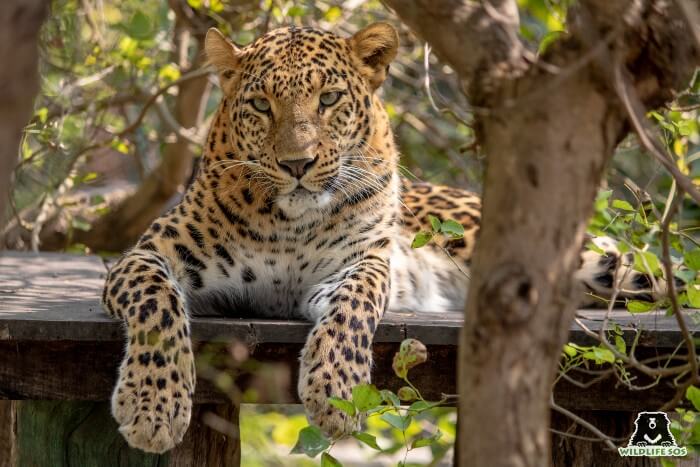
At Wildlife SOS, we are aware of the fact that these animals will never get back their freedom as they could have in the wild. But we create a habitat for them that allows them to display their natural tendencies as freely as they can. On the occasion of World Freedom Day, you can take a step toward furthering their independence too, by becoming a monthly donor for Wildlife SOS and supporting the upkeep of the animals.

